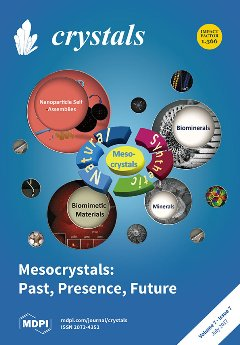Understanding the molecular interaction behavior of transition metal nanoclusters lies at the heart of their efficient use in, e.g., heterogeneous catalysis, medical therapy and solar energy harvesting. For this purpose, we have evaluated the applicability of the surface electrostatic potential [
VS
[...] Read more.
Understanding the molecular interaction behavior of transition metal nanoclusters lies at the heart of their efficient use in, e.g., heterogeneous catalysis, medical therapy and solar energy harvesting. For this purpose, we have evaluated the applicability of the surface electrostatic potential [
VS(
r)] and the local surface electron attachment energy [
ES(
r)] properties for characterizing the local Lewis acidity of a series of low-energy TM
13 transition metal nanoclusters (TM = Au, Cu, Ru, Rh, Pd, Ir, Pt, Co), including also Pt
7Cu
6. The clusters have been studied using hybrid Kohn–Sham density functional theory (DFT) calculations. The
VS(
r) and
ES(
r), evaluated at 0.001 a.u. isodensity contours, are used to analyze the interactions with H
2O. We find that the maxima of
VS(
r), σ-holes, are either localized or diffuse. This is rationalized in terms of the nanocluster geometry and occupation of the clusters’s,
p and
d valence orbitals. Our findings motivate a new scheme for characterizing σ-holes as σ
s (diffuse), σ
p (localized) or σ
d (localized) depending on their electronic origin. The positions of the maxima in
VS(
r) (and minima in
ES(
r)) are found to coincide with O-down adsorption sites of H
2O, whereas minima in
VS(
r) leads to H-down adsorption. Linear relationships between
VS,max (and
ES,min) and H
2O interaction energies are further discussed.
Full article





